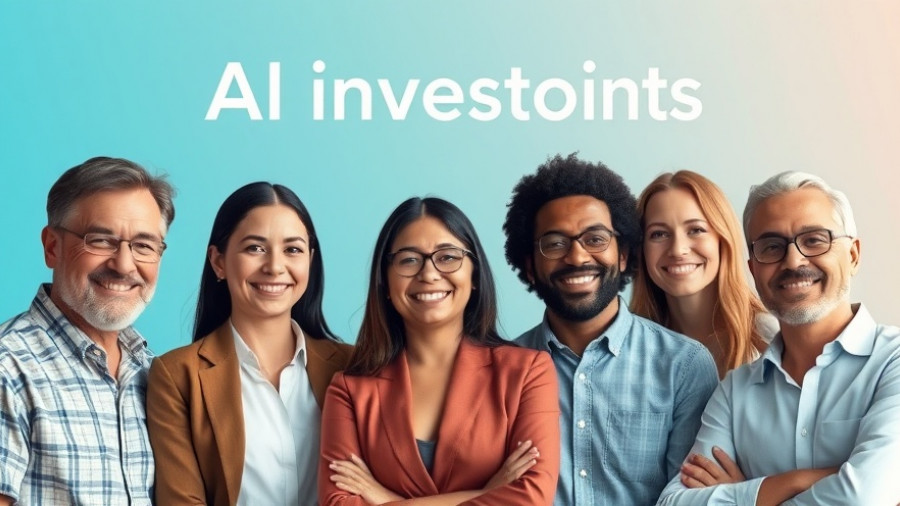
The Evolving Landscape of AI Investments and Competition
The AI sector is experiencing rapid transformation, with significant developments unfolding among major players like OpenAI, Oracle, AMD, and Nvidia. Recent announcements highlight the dynamic nature of investment and collaboration in the AI chip market. With Oracle set to deploy 50,000 AMD chips by 2026, the race for dominance in artificial intelligence infrastructure is intensifying.
In 'OpenAI, Oracle & AMD shake up AI', the discussion dives into the shifts in AI investments and competition that have emerged recently, prompting us to analyze its implications further.
Shifting Alliances: OpenAI, AMD, and Oracle
OpenAI's announcement of a massive $300 billion deal with Oracle, coupled with its investment in AMD, signals a major shift in strategy targeting Nvidia's supremacy. As these companies jockey for position, the AI ecosystem is evolving, showcasing a circling of capital where money flows back and forth among competitors. This could signal a maturing market, as they seek to diversify their sources of AI processing power.
Is There a Bubble in AI Investments?
The debates around whether the current investments in AI signal a bubble or genuine growth continue. Comparisons to the dot-com era are inevitable as investors wonder if they are merely passing money within a closed circle. Yet, analysts argue that the underlying demand for data centers and AI chips reflects a more substantial economic transformation, indicating robust growth potential for the AI landscape. It's critical to differentiate between inflated valuations and real investment that supports innovation and infrastructure development.
The Energy Challenge in AI Growth
As discussions continue about the importance of hardware in AI development, there's an increasing need to consider energy consumption. With Oracle's deploy of AMD chips estimated to consume 50,000 megawatt hours, this raises essential questions about infrastructure viability. AI growth not only elevates tech industries but also creates demands for energy resources that could strain existing capacities. How these companies address these challenges may determine their long-term viability.
The Future of Open Source in AI
While new players like Reflection AI emerge, there’s speculation about the viability of open-source models in a saturated market. Although Reflection AI plans to focus on open-source frontier AI, the success of such ventures will depend on finding unique market positioning amid fierce competition from established names like Meta and OpenAI.
Will AI Replace or Transform Jobs?
The rise of AI technologies continues to spark conversations about employment shifts. The recent case of DVC's decision to replace analysts with AI tools highlights that the narrative isn’t strictly one of job loss but rather job transformation. This suggests a future where human roles evolve to complement AI capabilities, creating new opportunities in various sectors.
Conclusion: Embracing Change in AI Innovation
The landscape of AI and its peripherals is undeniably shifting. The intertwined fates of OpenAI, Oracle, AMD, and Nvidia will shape how we move forward in harnessing this technology. As we navigate this rapidly evolving environment, understanding both the potentials and pitfalls in the pursuit of AI will be essential.
 Add Row
Add Row  Add
Add 




Write A Comment